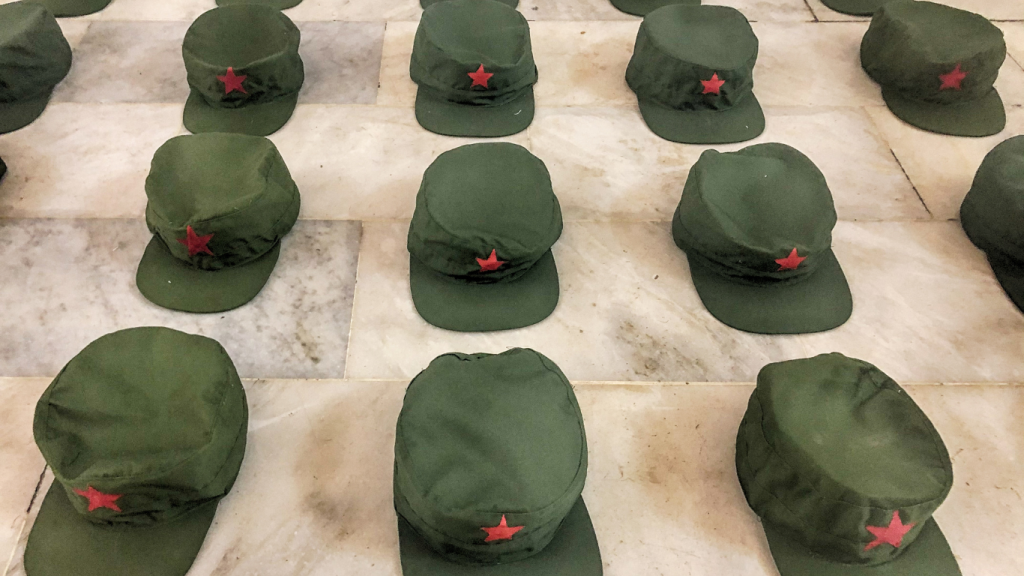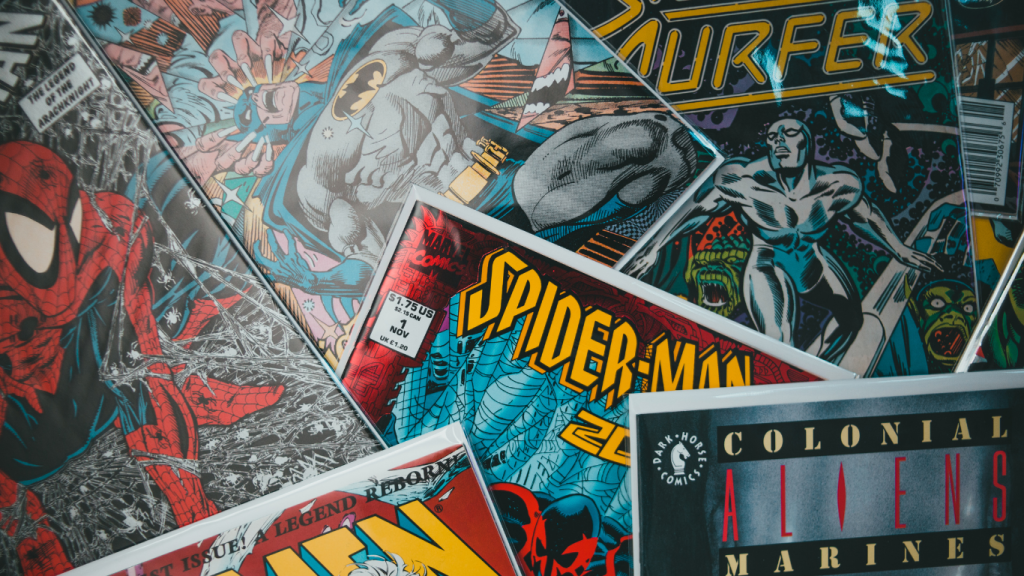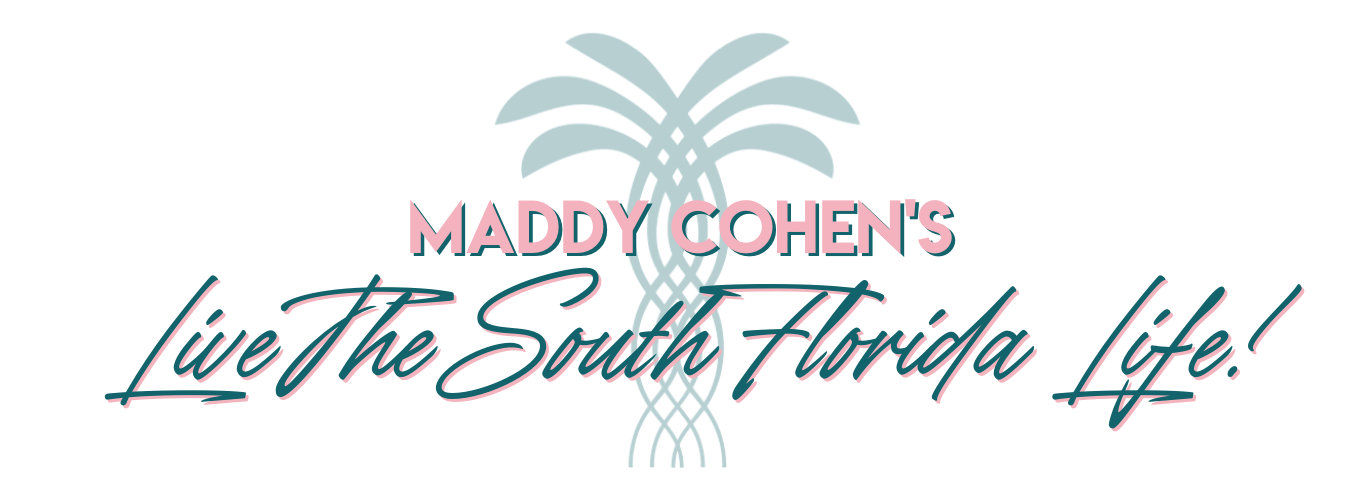I was nine years old when Fidel Castro’s rebels dramatically accelerated their overthrow of the bloody, corrupt Batista dictatorship. Following the Revolution’s ups and downs had become a part of daily life. It unfolded nightly on CBS news after the Early Show’s classic movie, which was the focal point of our family suppers. Every evening, after the thrill of Fred & Ginger, Hope & Crosby, Bogart and Cagney faded, we watched a seemingly ragtag army of liberators risking their lives in the mountains and jungles of a faraway place called Cuba.

How could I have guessed that within two years, Batista, known as “the butcher of the poor,” would flee to Puerto Rico with all of Cuba’s money, and the liberators, already aligned with the Soviet Union, would create a socialist regime with a raceless and classless ideology, justifying the seizure of middle and upper class homes and businesses to create communal equity? And how could I have guessed that a dozen years later, my awareness of Cuba, first begun at our dinner table, would become the theme of an Iron Man comic I wrote as an editor at Marvel Comics? That story — “Save the People, Save the Country!” — was fueled in part by the realization that life in Cuba was not a liberation for the many families who were forced to escape with literally the shirts on their backs.








